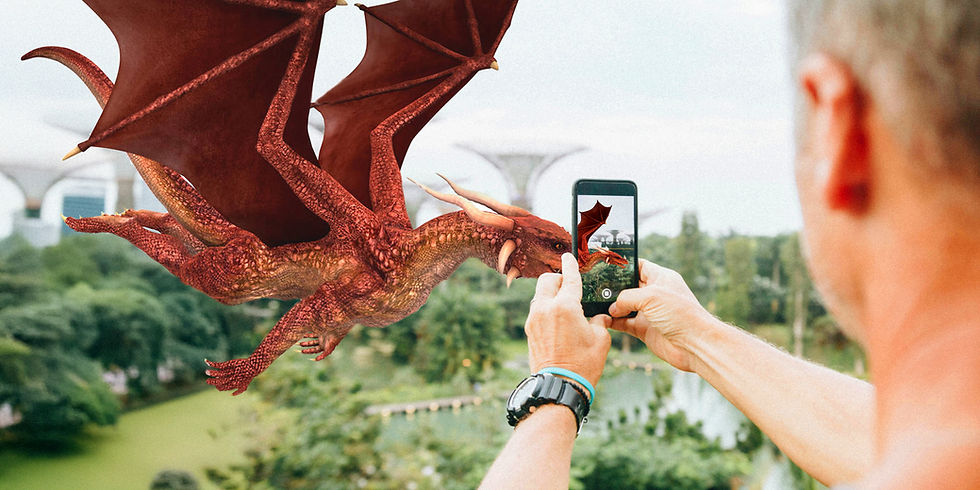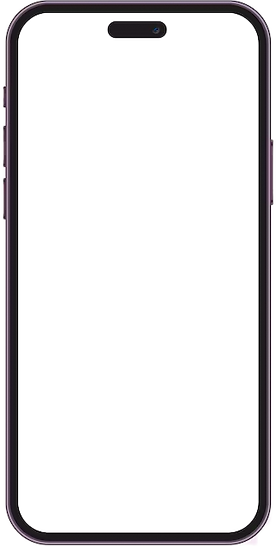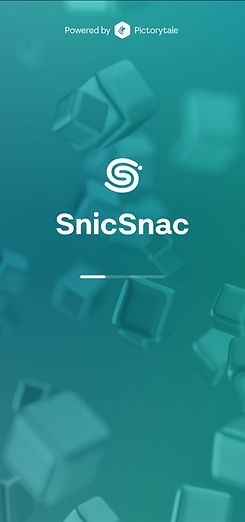
Snic Snac
Augmented Reality Storytelling for Everyone
The challenge
Tourists and locals often miss out on the rich stories hidden in the places around them. Traditional tourism tools felt disconnected, static, and uninspired, lacking emotional engagement and interactive storytelling. PictoryTale wanted to create an app in the sweetspot between social media and AR.
Outcome
We designed SnicSnac, an AR storytelling app that turns real-world locations into interactive experiences. By blending immersive UI, intuitive navigation, and geolocated narratives, we brought cultural stories to life, making exploration more playful, personal, and memorable.
My Role



Contributions
I was first assigned to support stakeholder workshops, helping gather insights about the product vision, user needs, and technical constraints. To deepen my understanding, I conducted competitive and comparative research, analyzing AR apps, 3D modeling tools, and platforms designed for artists and creators. I compiled my findings into a structured report that highlighted current trends, innovative features, and user experience opportunities.
Based on these insights, I was invited to develop and present early product concepts and interaction ideas. As the project progressed, I collaborated closely with the UX team contributing to wireframes, user flows, and eventually designing UI components and screens using Figma.

Discovery phase
Collaborative workshop
We organized a collaborative workshop with the product team and key stakeholders to align on the vision and purpose of the app. My focus was on understanding how users would interact with AR elements and what pain points we needed to solve in the creation and sharing flow. The insights gathered during this workshop helped us shape the foundation for the user experience and guided the design strategy moving forward.

We created user personas based on insights from 4 stakeholder interviews and 6 user interviews. From this research, we defined 3 core personas, representing both creators and viewers (the story Teller, the urban explorer, and the local artist/content creator). These personas helped guide key UX decisions around storytelling, navigation, and content creation flows.


Definition Phase
Once we had a solid understanding of the users and product goals, we mapped out user flows and designed early wireframes for key screens such as the asset library, the Camera+ feature, and the publishing flow. I presented a low fidelity concept highlighting some of the key features. Collaborating closely with the product owner, I helped to define the structure of the app to ensure smooth navigation and efficient task completion.
I explored an early concept for the app inspired by social media platforms, where users could create AR stories, save them to a public gallery, and pin them to real-world locations around the city for others to discover.

Another concept exploration focused on giving users more advanced creative control, allowing them to build AR stories using layered assets within a 3D environment, with options for light modeling and visual effects beyond simple drag-and-drop interactions.

After reviewing several concept proposals presented by me and other team members, we decided to prioritize simplicity, accessibility, and development feasibility for version 1 of the app. Instead of offering complex 3D creation tools, and location-driven triggers, we focused on a more intuitive approach: users would be able to select assets from a curated library, drag them into the real world, and build AR stories using pre-animated 3D elements. These stories could then be saved or shared publicly for others to watch.
To reduce friction and align with familiar user patterns, we used insights from competitive analysis to prioritize the story feed as the landing screen, similar to popular social media platforms, making the experience feel familiar and easier to adopt.
Midway through the process, funding challenges led us to shift focus and introduce a wallet feature early on. This allowed users to buy credits and unlock assets, helping us test monetization without compromising the creative experience.

Early wireframes of the version 1 of the SnicSnac app (available in AppStorre)

Design phase
I contributed to ccreate a design system for SnicSnac using Figma. This included building reusable, scalable UI components with Figma’s advanced features (variants, auto layout, component properties) to ensure smooth handoff and implementation by developers, keeping in mind best practices.


I contributed by designing UI for high-fidelity screens that supported key interactions within the app, from story creation to content discovery. This involved translating functional requirements and user needs into intuitive, visually consistent interfaces, ensuring each screen aligned with the overall user experience and design system.




